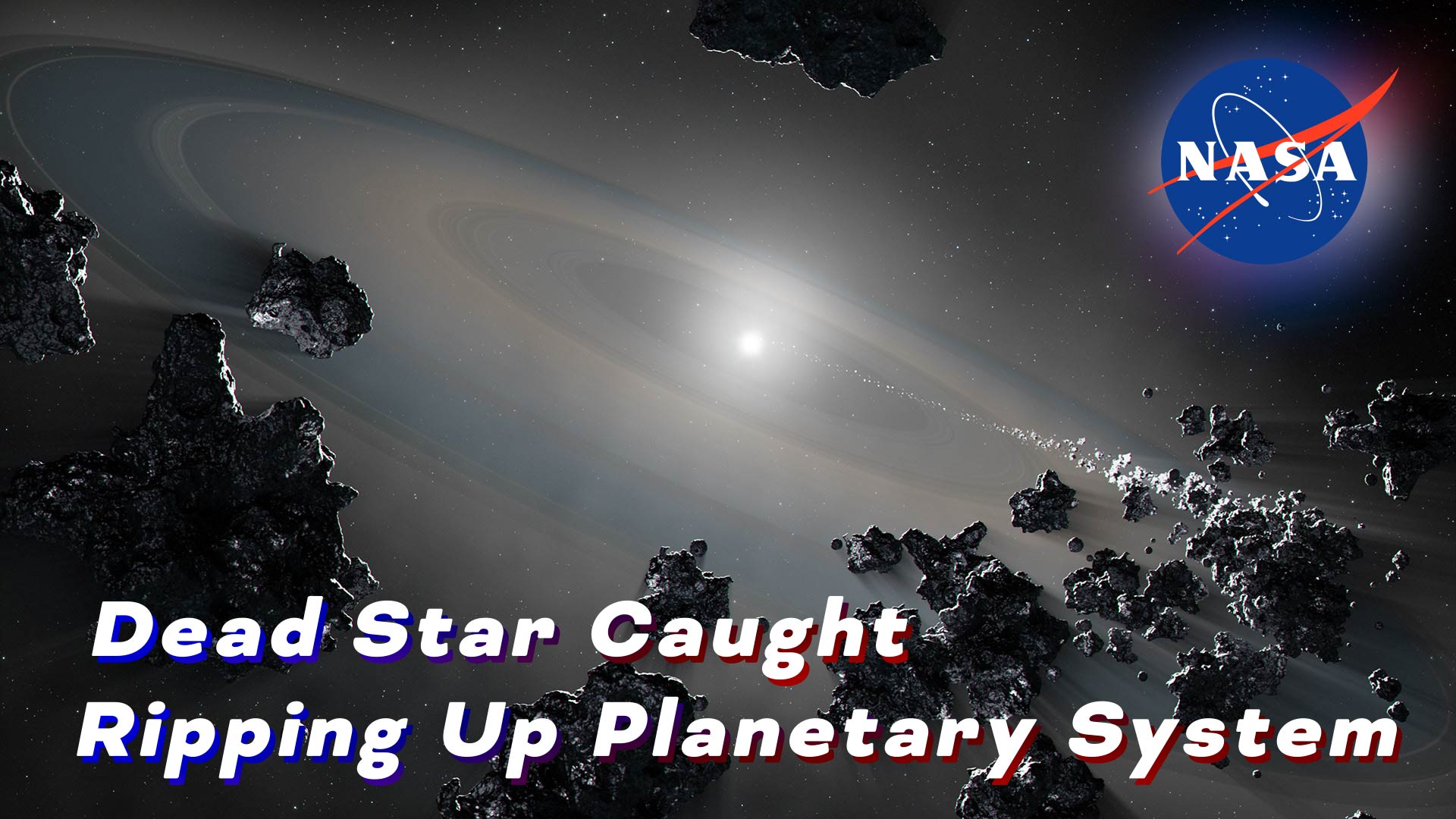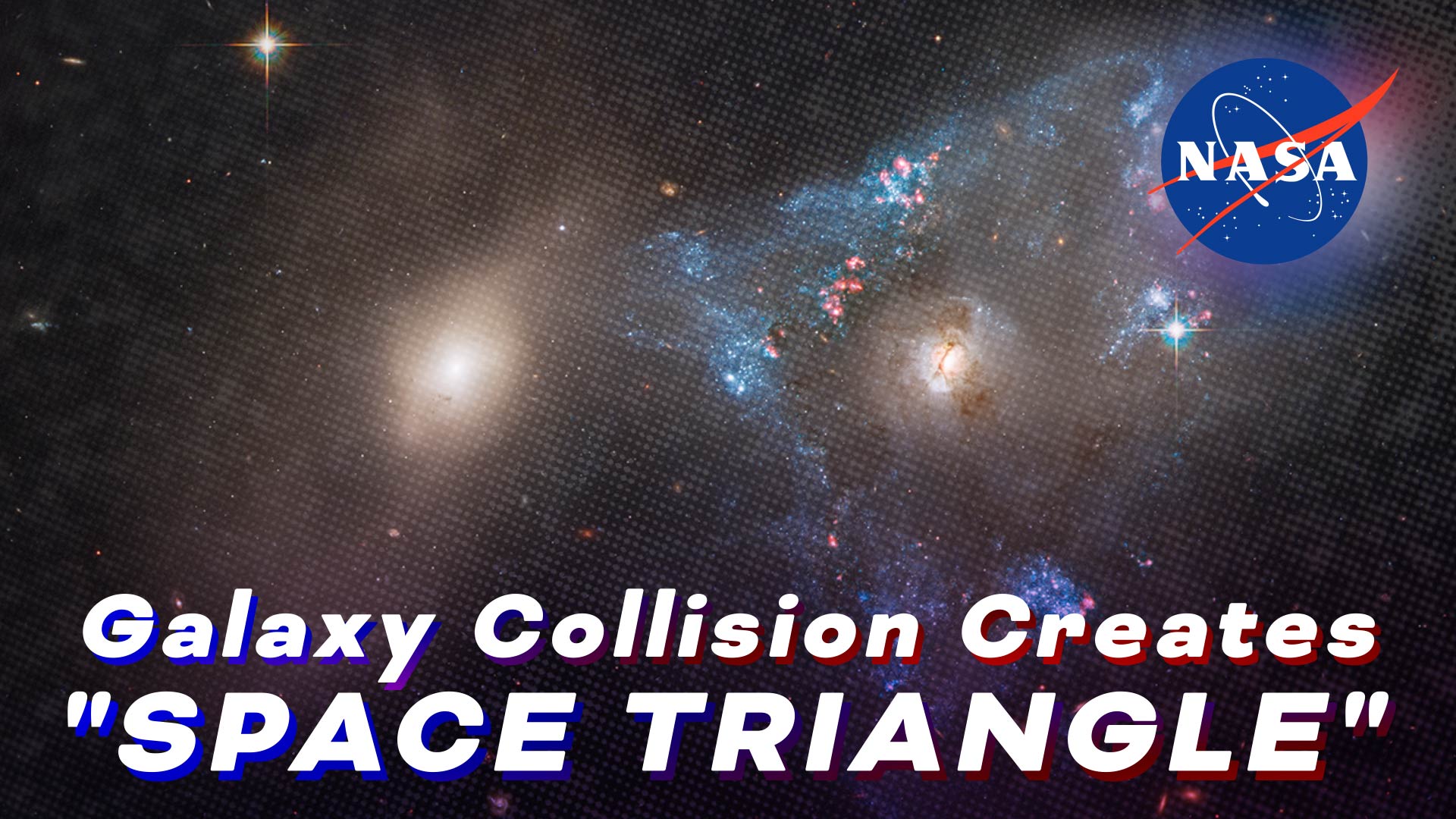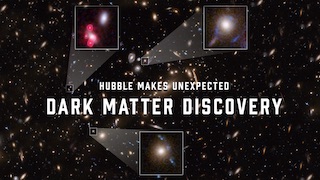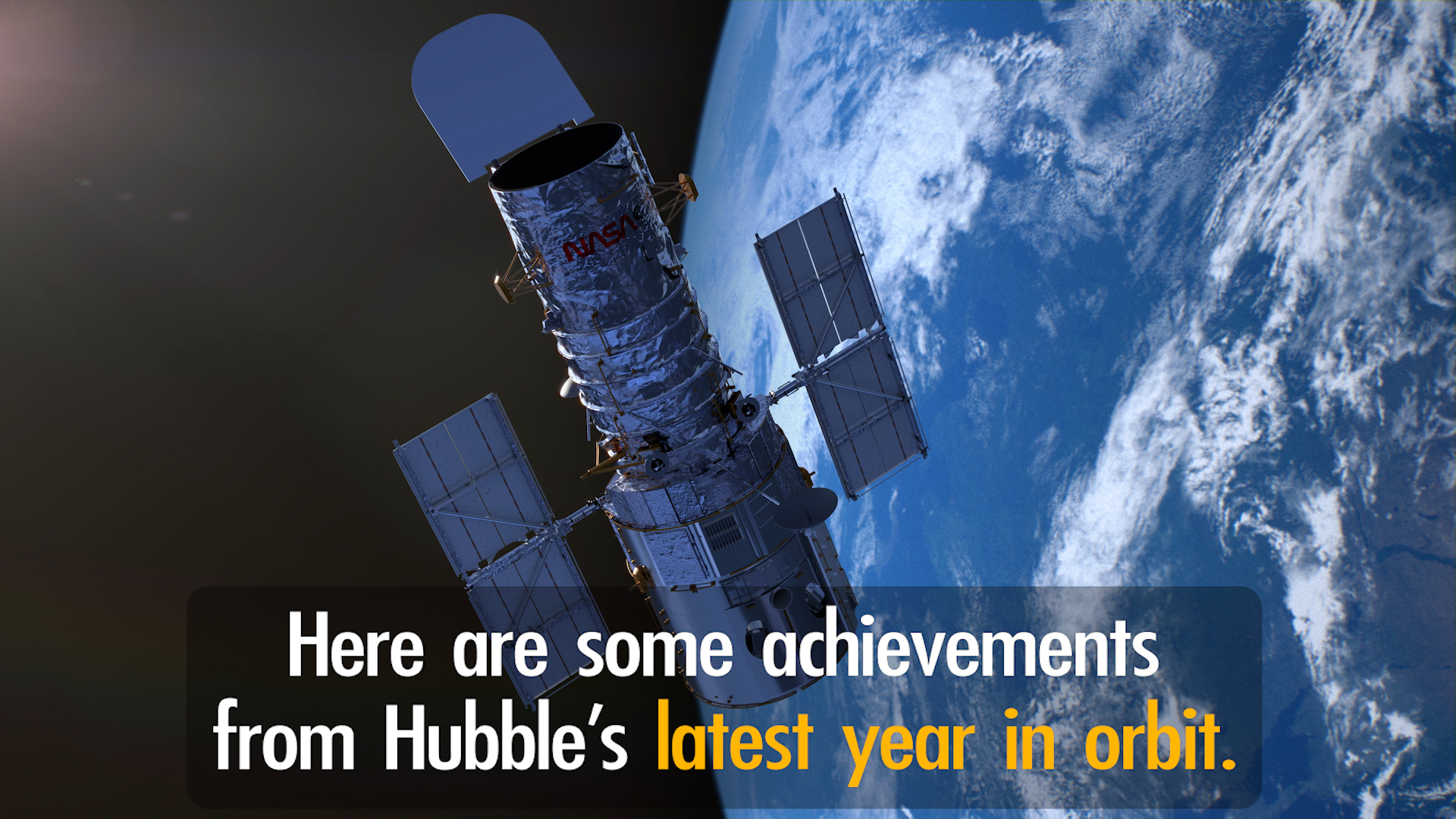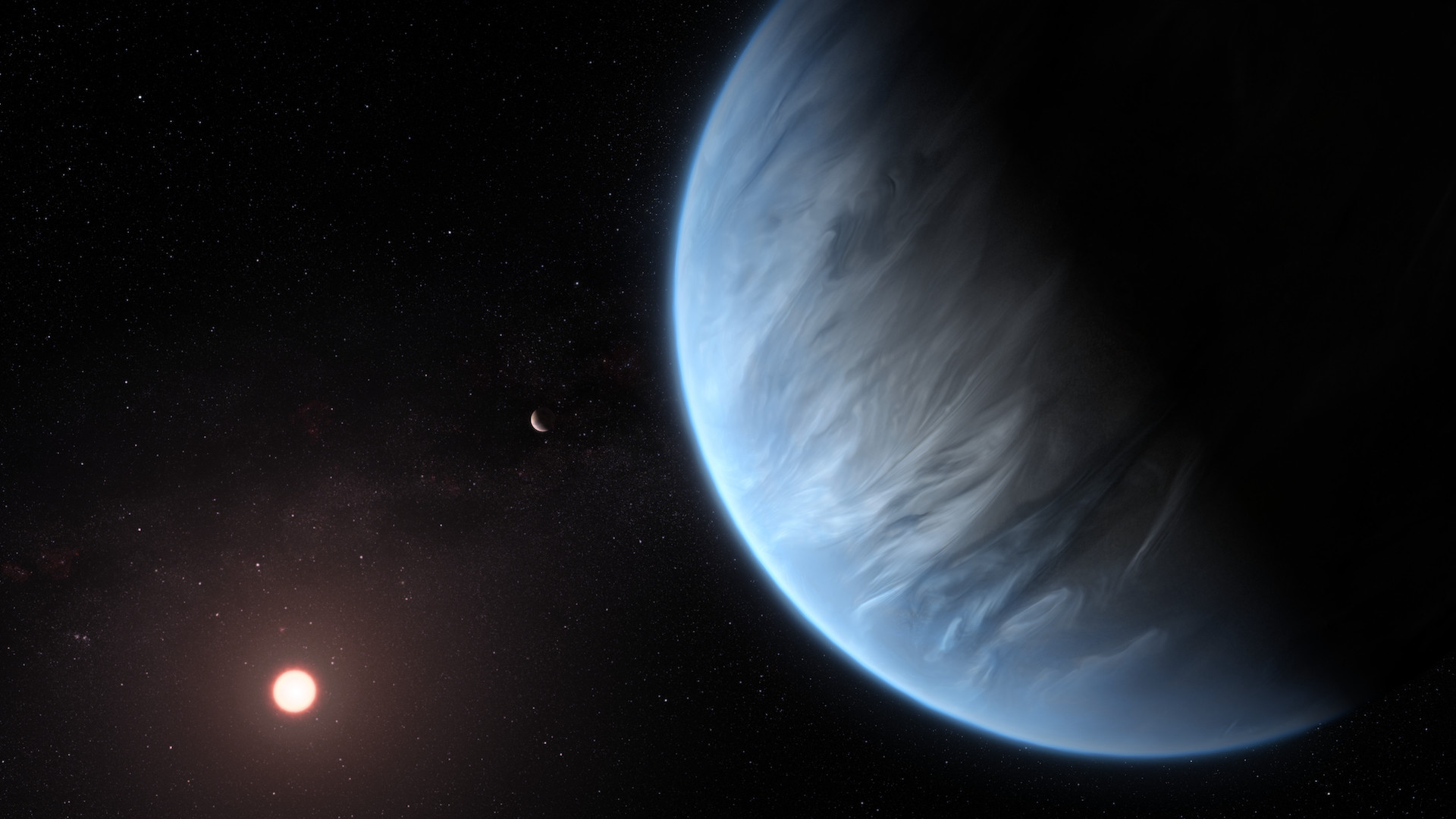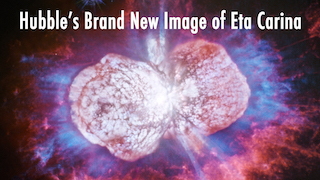Hubble's Extraordinary ULLYSES Program
The universe would be a pretty boring place without stars. Without them, the universe would remain a diffuse plasma of mostly hydrogen and helium from the big bang.
To better understand stellar evolution, a new Hubble initiative has been launched called ULLYSES (UV Legacy Library of Young Stars as Essential Standards).
This is the largest observing program ever undertaken by NASA’s Hubble Space Telescope, which will be used to look at over 300 stars. Ultraviolet (UV) light from the target stars will be used to produce a library of the spectral fingerprints of young, low-mass stars from eight star-forming regions in the Milky Way, as well as fully mature high-mass stars in several nearby dwarf galaxies including the Magellanic Clouds.
For more information, visit https://nasa.gov/hubble.
Music Credits:
"Red Giant" by Christian Tschuggnall [AKM] and Michael Edwards [APRA] via Atmosphere Music Ltd [PRS] and Universal Production Music
Master Version
Horizontal version. This is for use on any YouTube or non-YouTube platform where you want to display the video horizontally.
Vertical Version
This vertical version of the episode is for IGTV or Snapchat. The IGTV episode can be pulled into Instagram Stories and the regular Instagram feed.
Credits
Please give credit for this item to:
NASA's Goddard Space Flight Center
-
Producer
- Paul R. Morris (USRA)
-
Technical support
- Aaron E. Lepsch (ADNET Systems, Inc.)
Release date
This page was originally published on Thursday, November 5, 2020.
This page was last updated on Wednesday, May 3, 2023 at 1:44 PM EDT.
